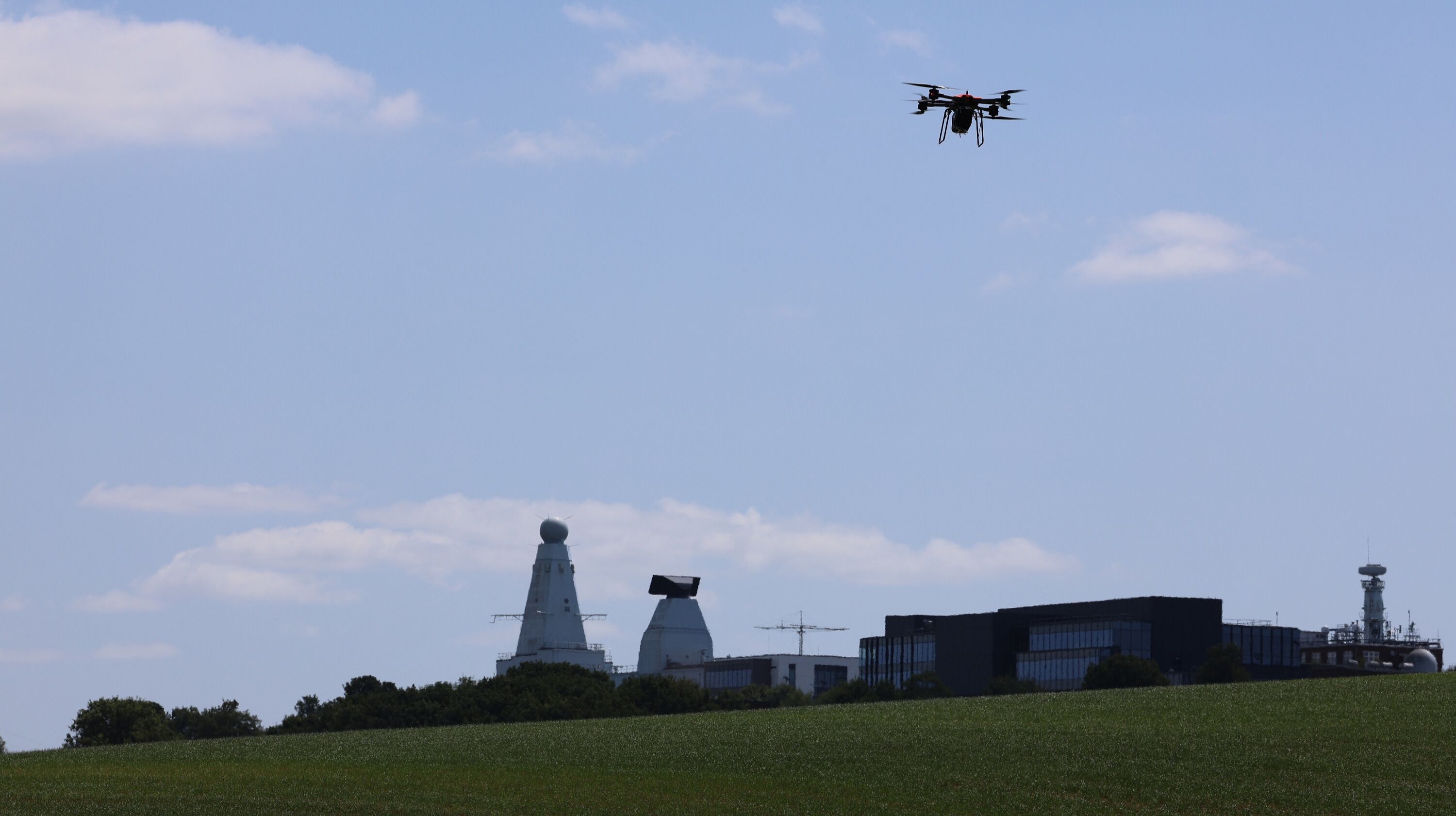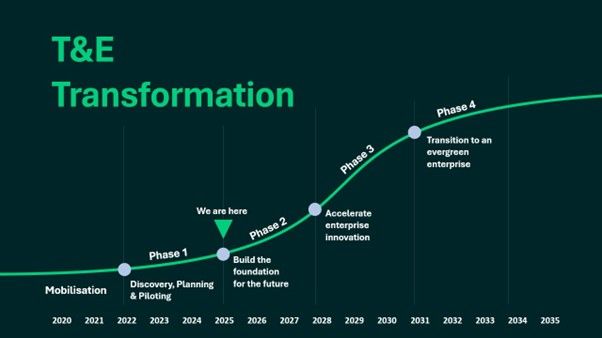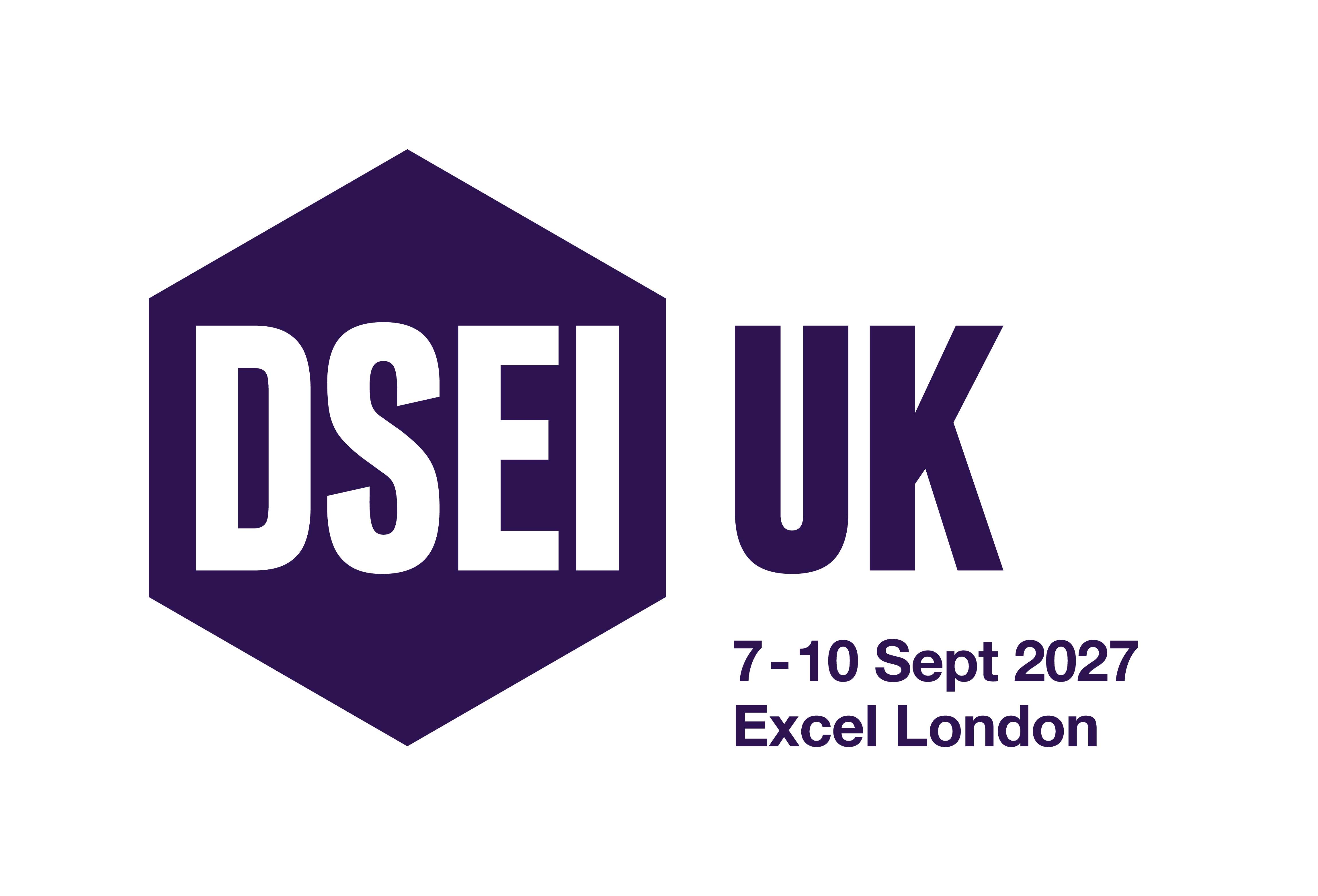Testing the future: The UK MoD T&E Transformation Programme
- Europe
- Feature
- Tech

The UK MoD is overhauling its approach to test & evaluation. DSEI Gateway explores its progress, including the new competitions and projects delivering this change.
Technology has always shaped warfare, but today the pace of change, rising complexity, and the need to iterate in weeks rather than years means defence must change not only how it develops and adopts technologies, but also how it assures them.
The process of assuring technology, commonly called test and evaluation (T&E), is essential for any military, as it assesses and validates the behaviour and performance of equipment before it is deployed on the battlefield.
Despite being vital, the current process and approach employed for T&E is not setup to meet the future needs of warfare. Virtual and deployable testing must now play a role, alongside more traditional physical testing at a range or in a facility.
Explaining this during a UK Ministry of Defence (MoD) workshop at DSEI UK in September, Andrew Caldwell – head of research, development, and T&E at the MoD – said: “The pace of change with current technologies is challenging how we do test and evaluation, we don't have the luxury of working out how many years or decades to bring a new technology to service. We’re certainly seeing in Ukraine that you might have weeks or months to work out how to bring that technology [into service].”
The T&E Transformation Programme
Recognising the need to change, the UK MoD launched the T&E Transformation Programme back in 2022, with the frontline commands, as well as the Defence Science and Technology Laboratory and Defence Equipment & Support working closely to support.
Underpinning the programme is the ‘Future Advantage Through Evaluation’ (FATE) concept, which aims to coordinate a defence response to this evolving T&E challenge.
Core efforts with both FATE and the T&E programme include reframing T&E as an enabler rather than a disruptor, harnessing technologies such as virtual environments and digital twins to accelerate assurance, and upgrading the military’s T&E services, Caldwell explained.
Over the past three years, under phase one, the programme has focused on the discovery, planning, and piloting of new T&E technologies and approaches, Caldwell said.

A graphic depicting the different stages of the T&E Transformation Programme. (Crown Copyright 2025)
“We probably started with maybe upwards of 50 projects”, supported by the MoD, frontline commands (FLCs), and industry to “work out where we could make a difference”.
Project Zeus was one of the main projects under phase one, which brought small and medium-sized enterprises (SMEs) together to explore whether T&E can be achieved through a live synthetic blend.
“It was very successful”, Caldwell said, adding that the MoD plans on bringing it into phase two to “institutionalise it”, noting that “we’re really pleased with what we got from SMEs”.
Going forwards into phase two, the MoD envisages having around 10 or so projects to “build the foundation of the future”.
The T&E Marketplace
A key project under phase two of the T&E Transformation Programme is designed to tackle a persistent challenge for both the military and industry: knowing where to find, access, and assess T&E facilities and support services – many of which are provided by small firms.
To address this, the MoD plans on launching a new T&E Marketplace by the end of 2026, Caroline Kelly, MoD Asst Head of Future Technology for the T&E Transformation Programme said during the workshop. This will become a “one-stop shop”, containing a knowledge hub for T&E as well.
It will also give industry a place to promote their capabilities and skills, she added, while helping the MoD to find and make better use of the various testing ranges available across the UK.
Ahead of its full launch by the end of 2026, the MoD will roll out a pilot version earlier in the year with select industry partners to test and refine the portal.
The T&E Transformation Fund
While the marketplace will act as a platform for T&E capabilities and services, the MoD is also trying to explore and grow new approaches and technologies, T&E Transformation Programme Manager, Zara Malik, said in the workshop.
To support this, a series of themed competitions will run – sometimes concurrently – with around GBP32 million ringfenced through to 2030.
The competitions are being separated into two distinct sections. The first will comprise ‘MoD-focused competitions’, meaning the funding will support MoD and FLC-led T&E projects, while the second will be ‘industry-focused’, with companies invited to compete for funding in specific topic areas. Malik added that industry will still be involved in supporting the MoD-focused competitions.
An MoD-specific competition is due to go live in November, centred on four different schemes:
- Modernisation: aimed at initiatives that utilise modern T&E approaches and introduce understood technologies into existing T&E processes and methods.
- Innovation: focused on T&E projects across defence that pursue and harness novel technologies to deliver T&E solutions.
- Lighthouse: aimed at supporting capability programmes to adopt modern T&E approaches.
- Themed: this will change with each competition round. Currently funded projects are looking at ways of developing deployable and mobile T&E.
These competitions aim to find the most innovative technologies, recognising that technology can act as an enabler – not just a disruptor – in evolving T&E. For example, two of the fund's projects can enable militaries to accurately replicate current combat conditions, such as in the Red Sea, where militaries are facing complex threats from drones, and ballistic and cruise missiles.
For the industry-specific competitions, “there will be a series” out until 2030, with the “first competition round” happening this year. Due to go live in November, this first round will involve two distinct topic areas: the development of deployable test capabilities and the development of regulatory solutions.
Virtual testing
One technology in particular the MoD is hoping will have a transformative effect on T&E is virtual testing.
Powered by high-performance computing, the technology, Caldwell said, has the potential to offer capabilities beyond what is currently possible.
Recognising this, the MoD under the T&E Transformation Programme plans on running a pilot project for a high-performance computer that aims to enable the military to run thousands of simulations rapidly, replicating operational environments at “a high level of fidelity… if it's done properly”, Caldwell explained.
“It will allow industry players A and B” to demonstrate their equipment or capabilities in a realistic simulated threat environment, while protecting their intellectual property and before cutting steel or printing circuit boards.
This pilot project will be conducted internally to gather evidence to secure funding for a potential future programme.
Although out of operational necessity, Ukraine has proven highly adept at T&E, with feedback loops becoming incredibly short. Developers can receive frontline data within 24–48 hours, make hardware or software adjustments, and redeploying updates to troops. At times, this has been achieved by bypassing Ukraine’s defence ministry structures or test units, bringing the developers closer to the tactical edge.
Western militaries, by contrast, remain constrained by lower risk tolerance and the absence of a wartime imperative that drives such rapid innovation. But it can learn. Bringing developers closer to end users at the tactical level, leveraging modern digital technologies, and incorporating insights from Ukraine’s experience are key steps toward accelerating T&E.
Tags
- approach
- caldwell
- capabilities
- change
- competitions
- defence
- delivering
- dsei
- evaluation
- evolving
- explores
- future
- gateway
- including
- industry
- mod
- new
- out
- overhauling
- phase
- programme
- progress
- projects
- te
- technologies
- technology
- test
- testing
- transformation
- two
- uk
- years
Providing impartial insights and news on defence, focusing on actionable opportunities.
-
Individual grants worth a maximum of EUR150,000 will be available to develop and test air defence tech in the first phase.
-
The new budget allocations will mean Germany hits NATO spending targets ahead of schedule.
-
New
Australia to reform defence procurement, hire National Armaments Director
03 Dec 2025 Benjamin HoweThe reforms follow a string of frustrating procurement overruns for the Australian Department of Defence.


)
)
)
